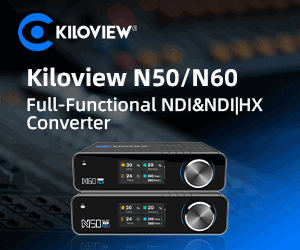Around the globe with Q-Ball
The bicentenary of the birth of Charles Darwin was celebrated during 2009 by a variety of TV programmes studying the background to his 1859 book 'On the Origin of Species'. One of the most ambitious tributes was a 35-part series planned and produced by Dutch broadcaster VPRO. Rather than hire a studio, they commissioned the three-masted clipper Sta...

















